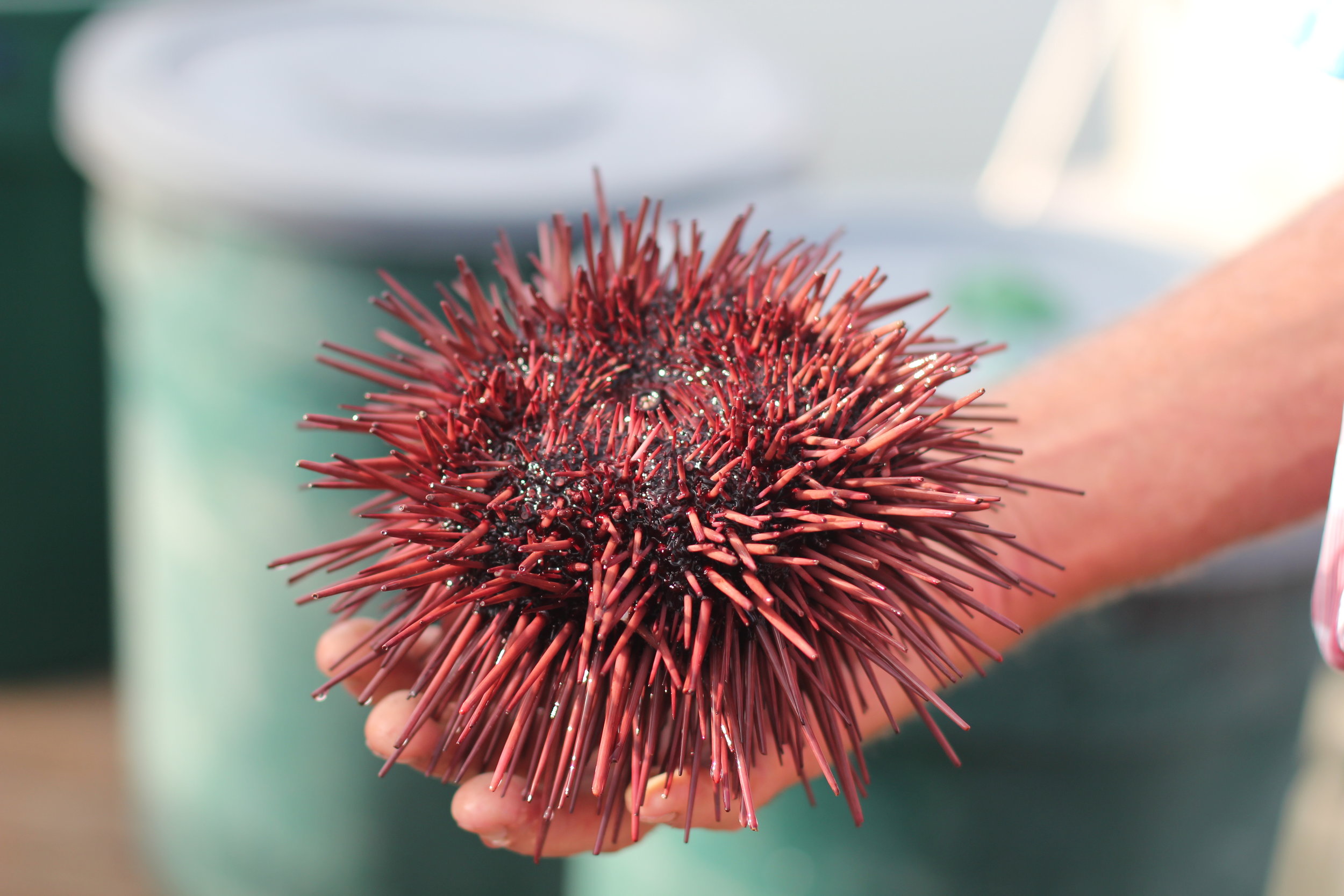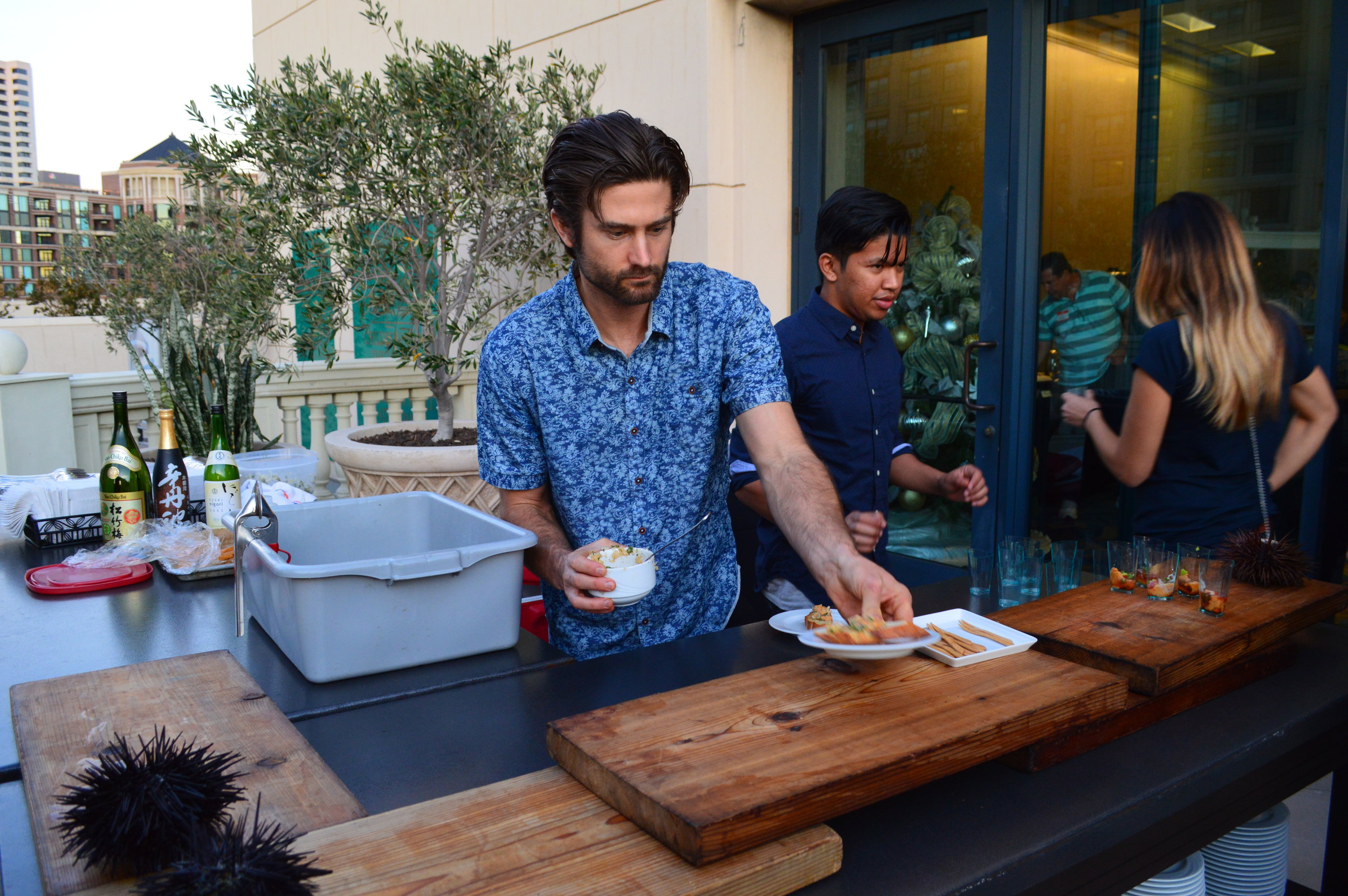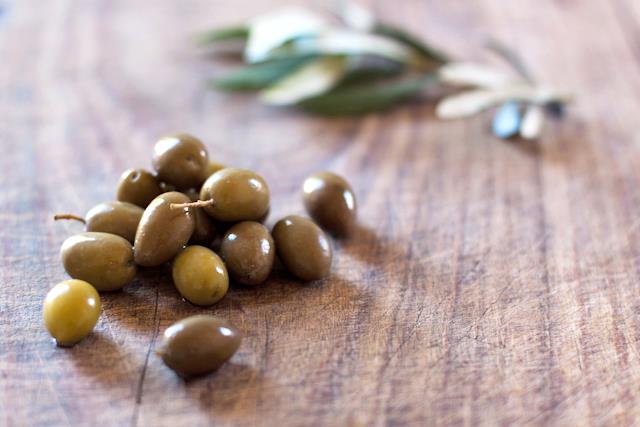San Diego's sustainable seafood needs your help. San Diego's fishermen need your help. Our good, clean & fair seafood system needs your help.
The Port of San Diego plans to redevelop our Downtown waterfront, but the proposals they are considering, by and large, fall short of sustaining our local fishing industry. You can speak up and let them know that we support our fishermen and need a fishing harbor. No fishing harbor means no local fish. You can do two things to help:
- Send a letter to the Port of San Diego and ask them to support a healthy, local seafood system and a distinctly local Downtown waterfront. More details below.
- Attend the Port of San Diego meeting to review the proposals October 13th. Provide public comment in support of our local fisheries. Details here.
Read San Diego fishermen's Downtown waterfront vision
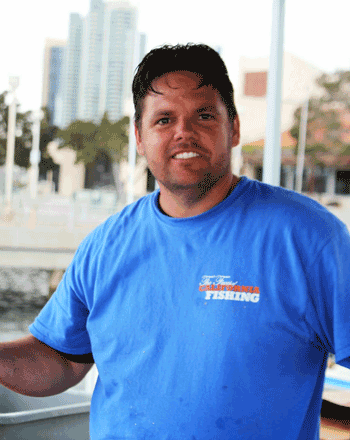
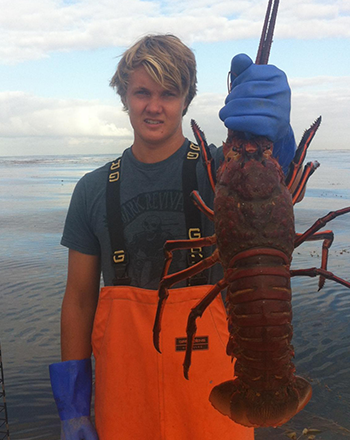
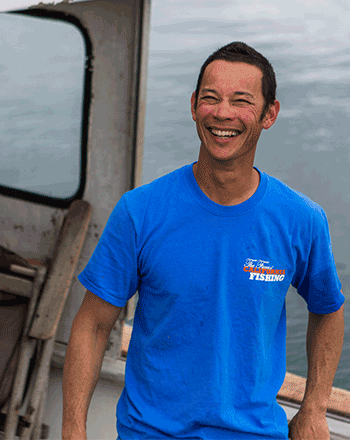
Support good, clean & fair seafood for all San Diegans.
Help maintain our access to some of the most sustainable seafood in the world by sending a letter to the Port of San Diego. Points to include in letters and contact information for Port Commissioners and staff are below and downloadable here.
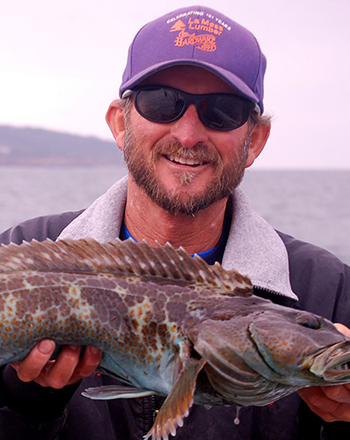
Points to include in letters:
- A world-class community fishing commercial fishing harbor on the Embarcadero is a crucial and beneficial part of the fabric of the waterfront and the San Diego community. Our fishing harbor and the people within provide food security, economic value, legal consistency, and strengthen connections to our history and culture.
- We encourage the Port to work with the San Diego fishing community to ensure that their needs are incorporated into the redeveloped waterfront. Please ensure that San Diego fishing will have the infrastructure, visibility and community involvement it needs in order thrive.
- San Diego fishermen provide food security. San Diegans want access to safe, secure and healthy food. While 90% of the U.S.’s seafood is imported, with most from unknown origins, San Diego fishermen provide a local source of traceable seafood. This seafood is a safe, secure, healthy and affordable option for the community, and is some of the most sustainable seafood in the world.

- San Diego fishermen contribute economic Value. The San Diego fishing industry has an extensive economic value to our community and this should be maintained. The San Diego fishing industry supports 130 commercial fishing vessels, including crew members and their families. In the San Diego area, 2.3 million pounds of seafood were landed in 2014, at a value of $10.3 million. Our commercial fisheries bring other values to San Diego including: networks, stewardship, lifestyle, income, fishing expenses, gifting and trading seafood, culture and tradition, education, spiritual, intergenerational, and transportation.
- The Port should maintain legal consistency. The Port should redevelop the waterfront in a manner consistent with local and State plans and acts that protect the coast and its people and consider proposals for Central Embarcadero development. Redevelopment should meet the requirements of the Unified Port of San Diego Master Plan and the Commercial Fisheries Revitalization Plan to maintain a working fishing harbor at this location; the State Land Commissions Public Trust Doctrine that holds the waterfront in trust for the people of California; and the Coastal Act that states that fishing harbors should be maintained.
- We want to maintain our history and culture. San Diego wants fishing operations in sight. Downtown San Diego is the cultural and historical home of San Diego fishing. Young San Diegans need the opportunity to view fishing and consider it as a viable line of work in order to keep our food sources secure. Once fishing is not visible, it will disappear along with the food security, economic stability, jobs and local identity it provides.
- Please keep our local sustainable seafood system within reach. San Diego deserves a thriving local food system, of which fishing is an integral and respected part. We want access to fresh, healthy, sustainably sourced seafood, that we can afford. A thriving fishing industry in Downtown San Diego is critical to this future.
- Downtown San Diego, like many other downtowns, has its share of large hotels, chain and non-local retailers and restaurants, and a lack of fresh, locally sourced food. Redevelopment represents an opportunity to highlight San Diego’s local treasures and create a beautiful, unique, accessible, and purposeful world-class waterfront.
- San Diego deserves a world-class, working waterfront. To accomplish this, we need a thriving fishing industry. Downtown San Diego can be known for its healthy, sustainable seafood; its strong fishing heritage; and its beautiful, fully operational fishing harbor accessible to all.
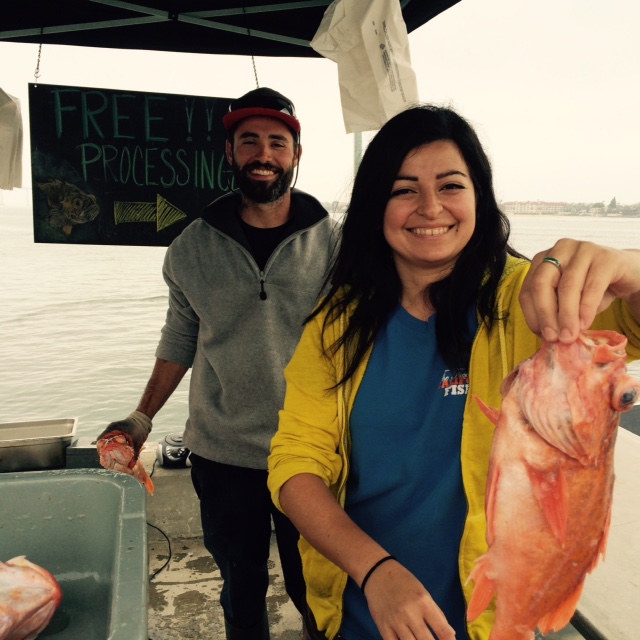
Support food security, economic value, our cultural identity. Support local fisheries.
Email the San Diego Port Commissioners Marshall Merrifield (Chairman)- City of San Diego mmerrifield@portofsandiego.org Robert “Dukie” Valderrama (Vice-Chairman)- National City rvalderrama@portofsandiego.org Rafael Castellanos (Secretary)- City of San Diego rcastellanos@portofsandiego.org Bob Nelson - City of San Diego bnelson@portofsandiego.org Ann Moore- Chula Vista amoore@portofsandiego.org Dan Malcolm – Imperial Beach dmalcolm@portofsandiego.org Garry J. Bonelli - Coronado gbonelli@portofsandiego.org
Email the Port Staff Jim Hutzelman jhutzelm@portofsandiego.org Randa Coniglio rconigli@portofsandiego.org Wendy Ong wong@portofsandiego.org Penny Maus pmaus@portofsandiego.org Sofia Bayardo sbayardo@portofsandiego.org



